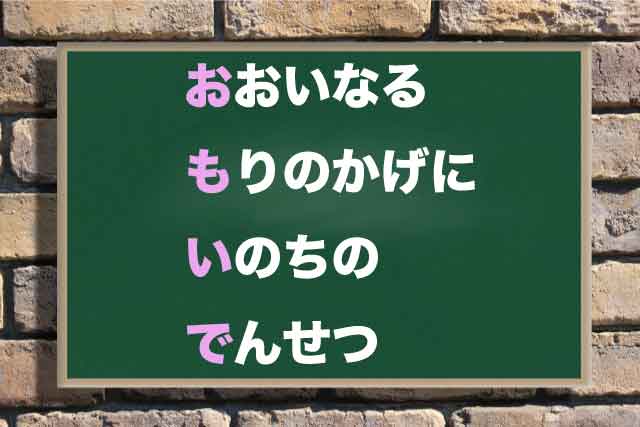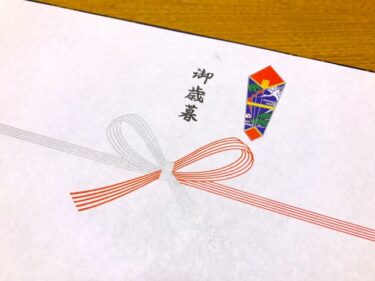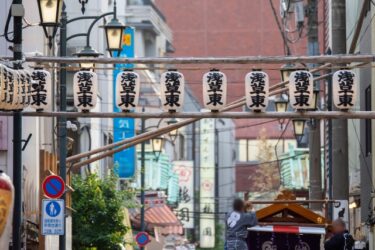- 1 Introduction: Unveiling the Playful World of Japanese Vertical Reading
- 2 Vertical Reading in Social Media: A Fun Way to Send Secret Messages
- 3 Vertical Reading in Advertisements: Clever Marketing Techniques
- 4 Using Vertical Reading in Poetry and Literature
- 5 Conclusion: A Little Mystery Adds a Lot of Fun
Introduction: Unveiling the Playful World of Japanese Vertical Reading
In Japan, people have found a fun and clever way to add mystery to their messages through a unique style called vertical reading. Common in social media posts, advertisements, and even poems, vertical reading allows readers to find secret messages by reading certain parts of the text in a specific order—usually downwards. These hidden messages can range from sweet confessions to amusing jokes, making the act of reading a delightful puzzle. Let’s dive into the world of Japanese vertical reading and explore how this art form is used!
Vertical Reading in Social Media: A Fun Way to Send Secret Messages
On Japanese social media platforms, vertical reading posts are a way to share secret thoughts with a touch of creativity. By using the first character of each line, writers can weave hidden messages into an otherwise ordinary post. These messages might be a confession, a humorous statement, or a simple “I love you.”
Example: Here’s a typical vertical reading confession post that looks like a casual update at first glance:
あえなくて
いまは寂しいけど
しても仕方がないね
るんるん気分で会おう!
When we read the first character of each line vertically, it forms "あいしてる" (I miss you)—a hidden message revealing the writer’s true feelings!
Vertical Reading in Advertisements: Clever Marketing Techniques
In Japan, companies sometimes use vertical reading in advertisements not only to communicate with their audience but also to add a playful twist. A great example of this came from Burger King in Akihabara, Tokyo, when their longtime competitor, a McDonald’s location two doors down, was closing after 22 years. The Burger King ad appeared to be a heartfelt farewell to their friendly rival, expressing gratitude and camaraderie. However, a hidden message appeared in the first character of each line, adding an unexpected twist.
The Text in Japanese: Here’s what the ad looked like in Japanese:
私たちの2軒隣のマクドナルドさんが今日で最終日を迎えます。
たがいに良きライバルとして、アキバを愛する仲間として、
ちかくにいたからこそ、私たちも頑張ることができました。マクドナルドさん
のいないこれからを思うと寂しさでいっぱいです。どうかみなさん、
勝手なお願いですが、今日は彼のところへ行ってください。ずっと背中を追い続けた
チャレンジャーの私たちから、スマイルを込めて、お疲れ様でした。
Hidden Message: When you read the first character of each line vertically, it spells out "私たちの勝ち" or "We won." This cheeky message added a layer of humor and a sense of triumph to the ad, making it clear that despite their friendly words, Burger King saw the departure of McDonald’s as a small victory in their longstanding rivalry.Significance and Reaction: The ad struck a chord with the public and quickly went viral on social media, celebrated for its cleverness and humor. It showcased how vertical reading can transform a seemingly straightforward message into a memorable statement, blending respect for the competitor with a subtle boast.
Using Vertical Reading in Poetry and Literature
Japanese poetry and literature also make use of vertical reading to add layers of meaning. Classical poets sometimes embedded hidden names or themes this way, and modern writers use it as an homage to this tradition. It’s a sophisticated twist that turns reading into a discovery.
Example: A poem could read:
おおいなる
もりのかげに
いのちの
でんせつ
Vertically, this spells out "おもいで・・・思い出" (memories), adding an emotional undertone to the text.
Conclusion: A Little Mystery Adds a Lot of Fun
Japanese vertical reading is more than just a clever way to write—it’s a playful way to connect with readers on a deeper level. Whether in social media, advertising, or literature, these hidden messages add an element of surprise and make everyday words feel more engaging. Next time you read a Japanese post or ad, try looking closer; you might just discover a secret message waiting for you!







